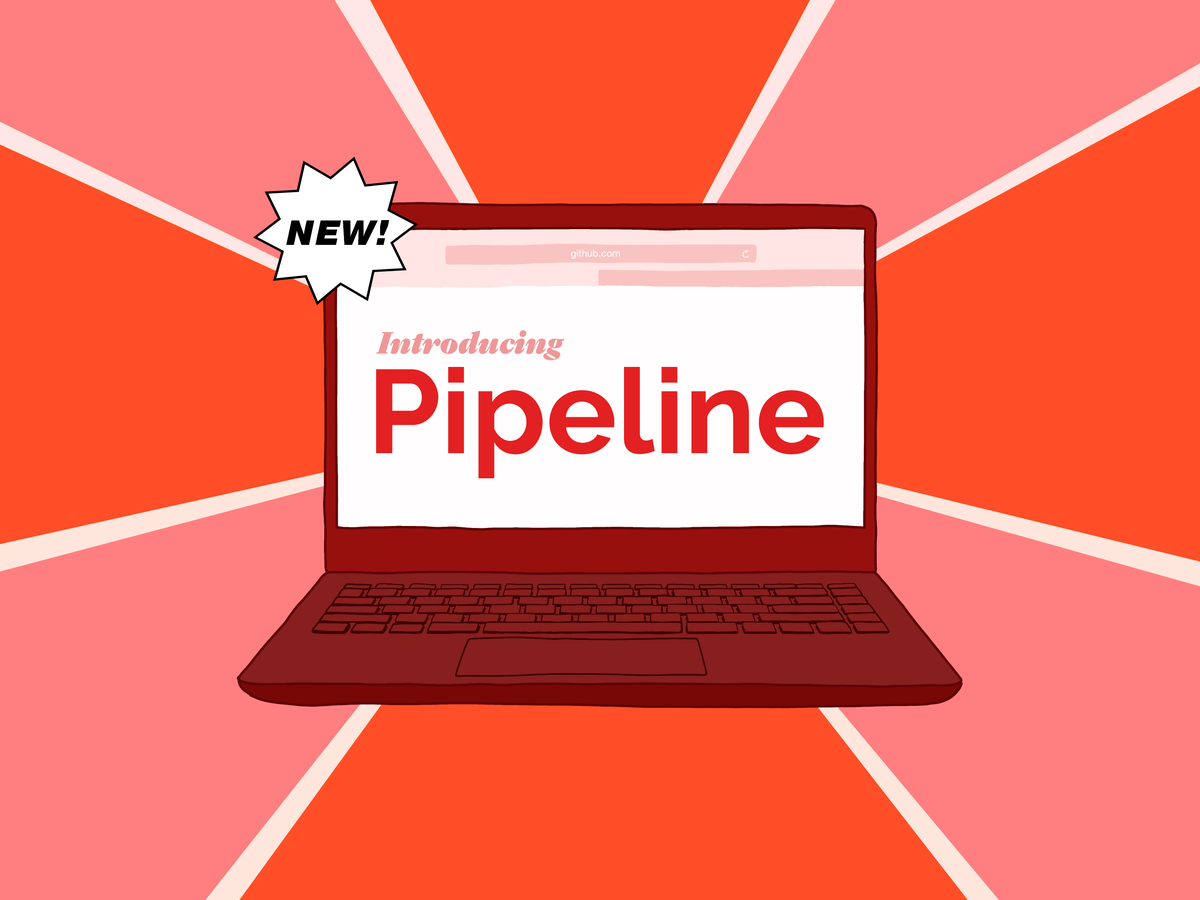Building the future of The Polytechnic

Journalism is in flux. The traditional newspaper is dead. Revenue from selling advertisements in a printed edition is shrinking. Across the country, smaller newspapers are being bought by national conglomerates, and the staffs that understand local issues better than anyone are being eviscerated to cut costs.
But what really matters is not the newspaper itself. What matters are the articles inside and the stories they contain. And more than ever, people are discovering stories that matter to them on their phones and laptops.
Pipeline is what we think comes next, after the newspaper. The web, for years now, has been the obvious successor to paper. It is time to fully embrace it as our primary platform for delivering news.
We’re doing that by building a platform for article creation, design, and delivery. For the technically-curious, we’re using Python (with Django) and Postgres, and all of the source lives on GitHub. We can make changes and deploy them in just minutes. The goal of all of this is to enable us to confidently respond to the demands of our reporters, editors, and, most importantly, readers.
For context: just over a year ago, The Poly Editorial Board voted unanimously to forgo its weekly printing schedule and instead focus on online-first journalism—a term that I will shamelessly take credit for introducing to the staff’s vocabulary.
We took a step back and realized just how much effort we were expending to publish a physical newspaper every week, and it seemed like our returns were diminishing. At the same time, we were seeing increases in our online readership—where the number of readers is greater than the number of newspapers we printed every week.
Through Pipeline, we created an opportunity to explore new ways to deliver information to the community. We might be smaller than other student newspapers, and Rensselaer might not even have any journalism classes, but what we do have are dedicated people who can think outside the box and play to their strengths. I fully believe that RPI students, as Poly staff members, can create the best platform of any student news organization in the world.
We still have a lot of work to do. We want to deliver news in real time. We want to visualize data dynamically. We want to showcase the work of our amazing photographers. We want to create new ways to experience the things that matter to you. We want to be the place for students to discover what’s happening. The core of this is, of course, a team of dedicated journalists. But even the best journalism in the world can be dismissed as irrelevant if it’s constrained to being placed in a simple text box—which is exactly what The Poly has done online since 1999, until we created Pipeline.
If any of this sounds interesting to you, I encourage you to contact The Poly. We’re always looking to get new members involved in our mission, whether that’s through programming, design, writing, photography, or anything else you want to bring to the table. Most of us don’t bite, so you can always feel free to stop by our office in the Union, hang out for a while, and chat with our staff to figure out how you can get involved.
I can’t claim to know what journalism will look like in five or 10 years, but I am confident that The Poly is now better positioned than any other student newspaper to find innovative new ways to tell stories that matter and keep the campus and RPI community informed. The distinction between the newsroom staff and the technology department is becoming blurrier by the day, and The Poly is at the forefront of completely eliminating that distinction.
I am excited to see what The Poly becomes after I am gone. And to everyone who has been a part of my Poly experience: thank you for the greatest opportunity that I didn’t even know I wanted.

 Gm Week 2018
Gm Week 2018
 Gm Week 2018
Gm Week 2018